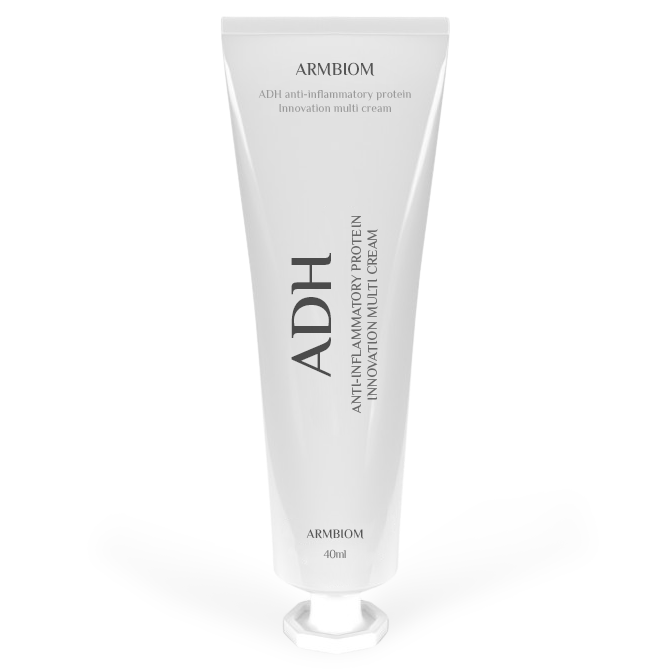
acne-only cream
Innovation Cream
Cause of occurrence
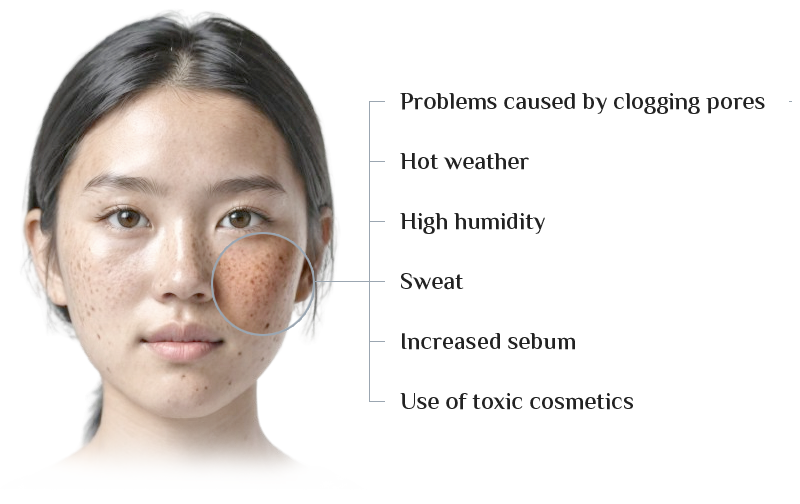
This causes the conversion from allergy to contact dermatitis
Research and development of treatments for necrotizing skin disease
Another skin disease, skin allergies, especially cosmetic toxic substances, which extinguish contact dermatitis and acne inflammatory factors and normalize skin tissue cells, is the healthiest skin tissue regeneration active protein.
ADH/ADHS
Inflammatory factors in hair follicles
LPS Factor Control and Stabilization

- necrotizing skin disease
- inflammatory skin disease
- Skin allergy
- Toxic substances in cosmetics
- contact dermatitis
- Eliminating Acne Inflammation Factors
- Restoring skin tissue cells
It is a multi-functional skin tissue regenerative active protein.
Present solution
Allergic and acne treatments are applied, taken, and external treatments.
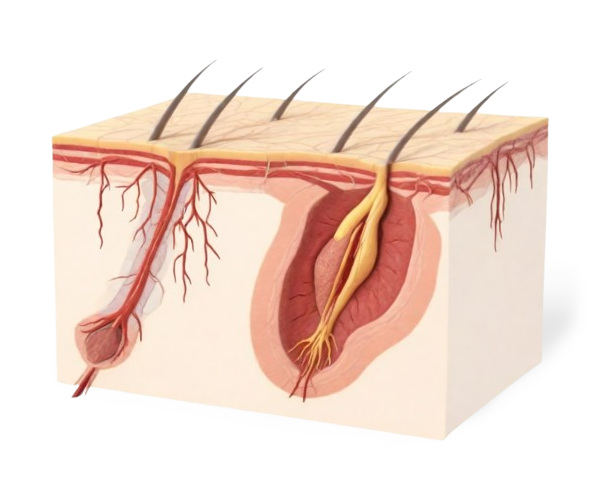
Allergy and acne treatments are applied, taken, and external treatments antibiotics that prevent free fatty acid production

a topically applied drug made by modifying vitamin A

Improved exfoliation and sebum discharge

Powerful antimicrobial agents reduce bacterial counts
It causes anti-inflammatory and cotton cyst dissolution.
Surgical treatments include injection therapy, acne extrusion therapy, and skin scraping at symptomatic areas.
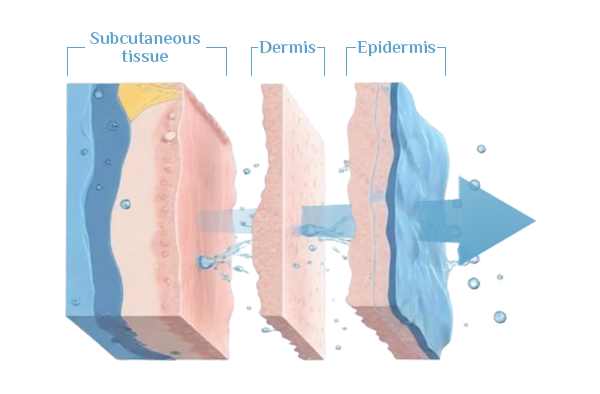
Dot-filling is a chemical skin regeneration technique that chemically peels off the entire face.

Chemical peeling agents mainly use trichloroacetic acid (TCA).

These treatments are not fundamental
With numerous antibiotics and steroid-based products, doctor-hospital pharmaceutical companies are absolutely reliant on the lack of other alternatives
This is a very sad and embarrassing problem.
There were no innovative products for skin allergies or acne diseases
ADH/ADHS Treatment Principles

- Controlling Pore Inflammation
- Control of LPS inflammatory factors
- Destruction of Bacteria in Sebaceous glands and Pores
Osmotic principle
The killing of hair follicles bacteria formation of a fat layer
The principle of pushing up the killing bacteria and fat layer
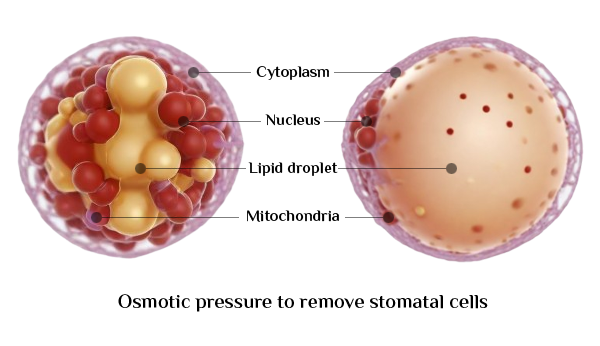
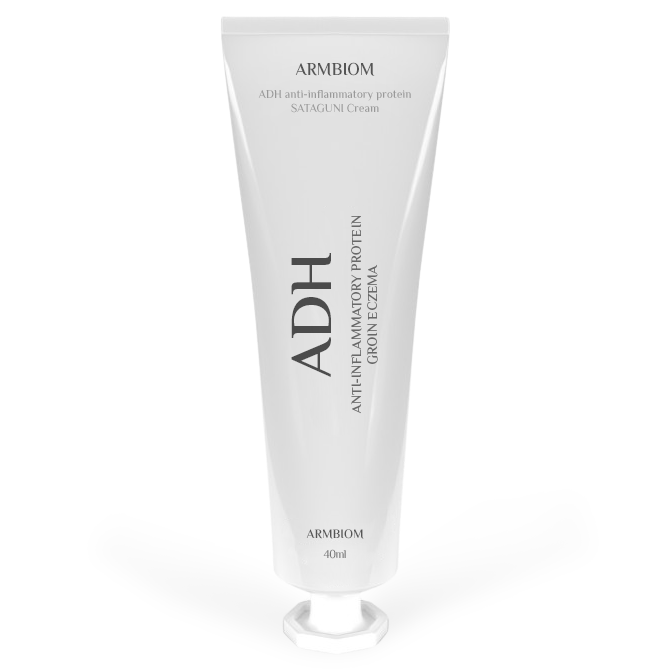
SATAGUNI Cream
Groin Eczema

-
natural antifungal active complex protein

-
Lactococcin
It inhibits the growth of bacteria that cause eczema exterminate.
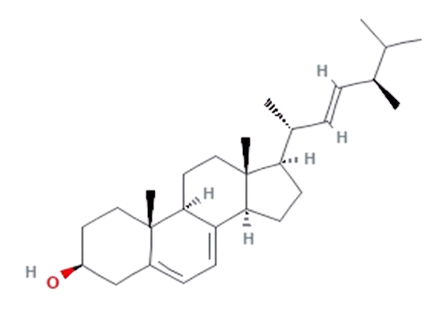
Because fungi cannot live without ergosterol, they attack only fungi by exploiting the properties of ergosterol or by inhibiting synthesis.

- How to treat fungal infections by inhibiting the growth and proliferation of fungiinhibits the synthesis of ergosterol, a component of the fungal cell membrane
- It inhibits the synthesis of Tootfast Gargle, the main component of the fungal cell wall
- When fungal cells are converted to fluorouracil, DNA synthesis is inhibited
ADH(Lactococcin)

- Microsporum canis
- Trichophyton rubrum
- T. Mentagropites
- Candida bacteria
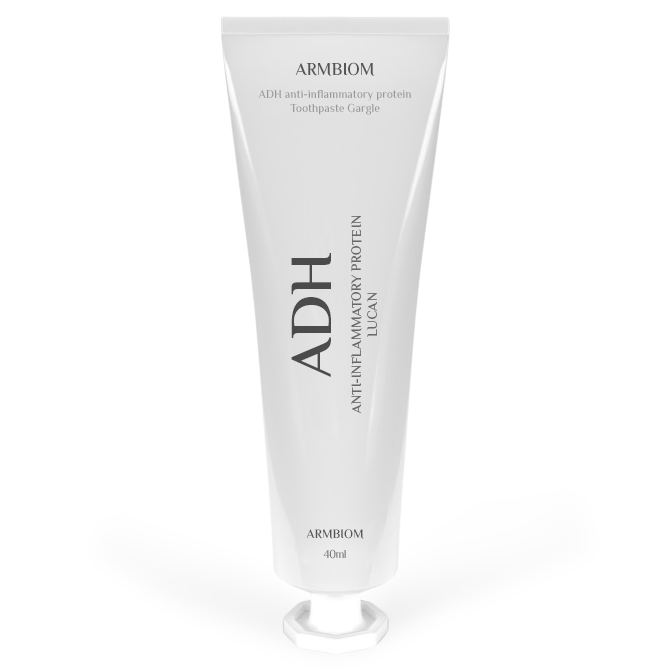
Toothpaste Gargle
Lucan
Cause of occurrence
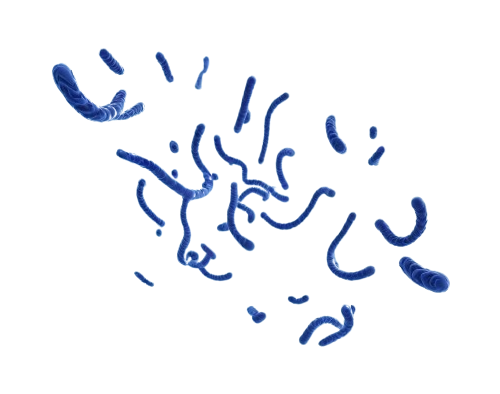
Cavities are streptococci.
Along with S. mutans mutans mutans, the main causative agent of tooth decay causes tooth decay to turn black, and in the case of Lactobacillus, it has nothing to do with changing color, but it causes tooth decay.

S. mutans cells grown with microbial membranes undergo genetic modification at a rate 10 to 600 times faster than S. mutans grows into liquid-floating free-floating planktonic cells
Plaques
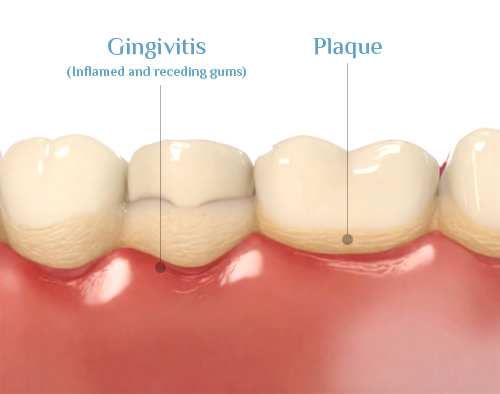
The release of toxins from the gum's bacterial membrane an inflammatory response to surrounding tissue
The tissue that supports the teeth is damage
The direct cause of periodontal disease is a bacterial membrane called plaque that forms continuously in the teeth
Periodontitis is an attack on the lower part of the gum line that damages the periodontal ligament and surrounding bone tissue
Gingivitis is an inflammatory reaction caused by bacteria
When inflammation progresses and periodontal ligament tissue is damaged, narrow and shallow lacerations deepen and develop into periodontal pockets
Cure to the present day

Chlorhexidine brush
Use antibiotics for a special medicine between gums and teeth
It kills special bacteria
Remove all bacterial membranes and tartar.
Like this bacterial membrane called the causative membrane, it is difficult to improve gum disease with only general periodontal treatment.
Symptoms can only be improved if the bacterial membrane is destroyed by eradicating inflammatory causative bacteria
ADH/ADHS Cause of treatment
Streptococcus.
S. mutans Lactobacillus mutans

in the ADH/ADHS anti-inflammatory protein
Bacteirosin antibacterial bacteria
streptococcus.
S. mutans Lactobacillus mutans
elimination of causative bacteria
It inhibits recombination of mutans bacteria to block inflammation

Women's vaginitis cleanser
NAN DA
(Serving as a cleaning agent for vaginitis)


Candida vaginitis is mainly called Candida albicans
This is yeast-induced vaginitis

a major type of vaginitis
- Bacterial vaginitis (BV)
- Fungal vaginitis, Trichomonas infection
- Bacterial vaginitis (BV)
- bacterial disease of vaginitis
- Gadella vaginitis
# The causative agent is Candida albicans, which is 85-90%, and other species of Candida may also develop vaginitis symptoms. Candida albicans are pathogenic bacteria
# Candida albicans is a type of protein (adhesive) glycosylpatidylinositol (GPI) binding protein and is an ALS protein involved in biofilm formation.
Candida's disease
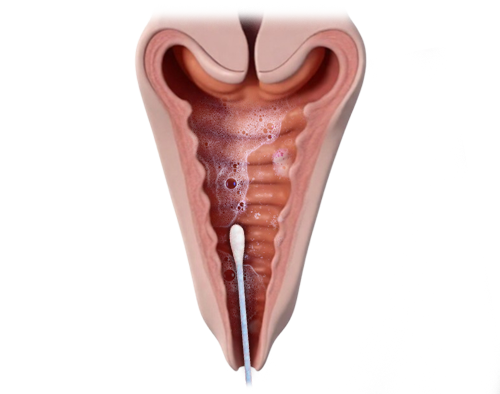
Because fungi are also eukaryotes, it is not easy to develop drugs that can selectively kill only fungi without showing toxicity to their hosts.
Candida mainly forms biofilms
Biofilms are resistant to antifungal agents structurally and due to the nature of their cells
There are not many antifungal drugs that are effective against Candida.
Biofilm formation
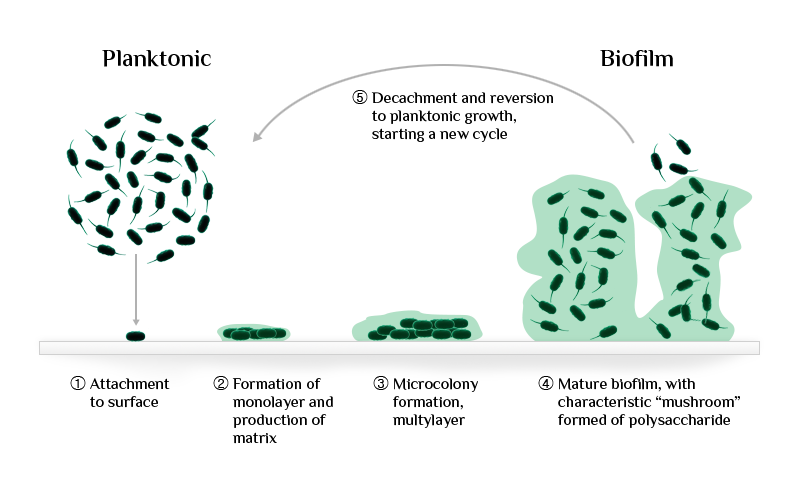
Biofilms are complex structures with extracellular substrates added to yeast-type and mycelial-type cell layers
The major regulator of the process of dispersing yeast cells in biofilms is the heat shock protein, Hsp90, which is also involved in antibiotic resistance in biofilms.
Ergosterol?

Ergosterol is a component of the cell membrane of yeast and other fungi
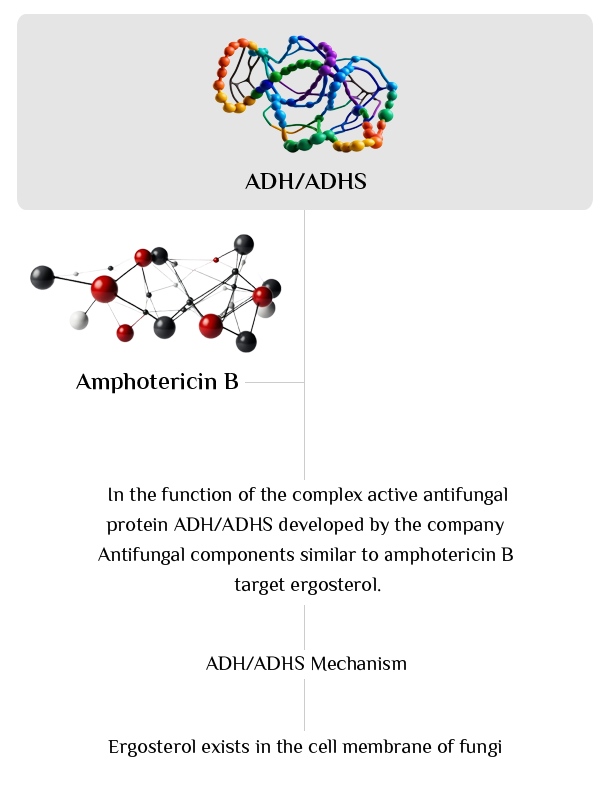
Amphotericin B Role

Disrupting the action of lanosterol 14α-demethylase inhibiting the synthesis of ergosterol from lanosterol
Amphotericin B physically binds to ergosterol, resulting in polar holes in the membrane of the fungus
Synthesis and functional targeting of ergosterol
Inhibition of beta-1,3-glucan synthase present only in the fungal cell wall molecules leak and cells die.